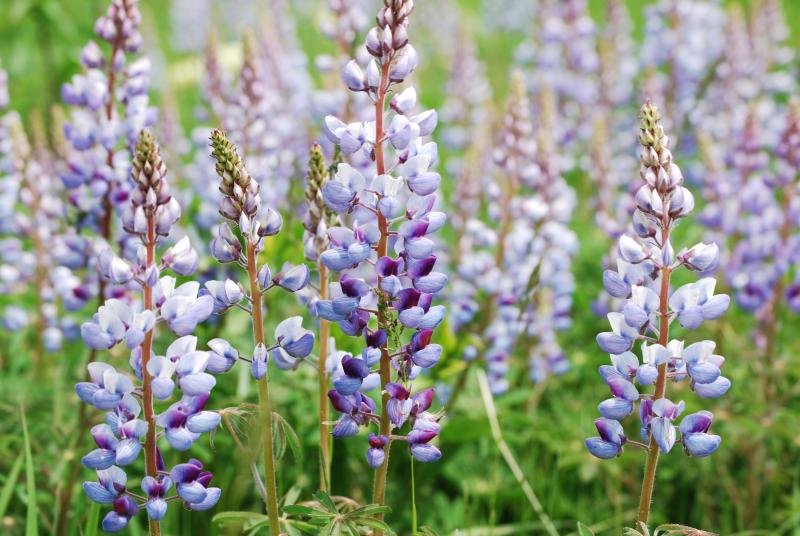 Image 1 of 6
Image 1 of 6

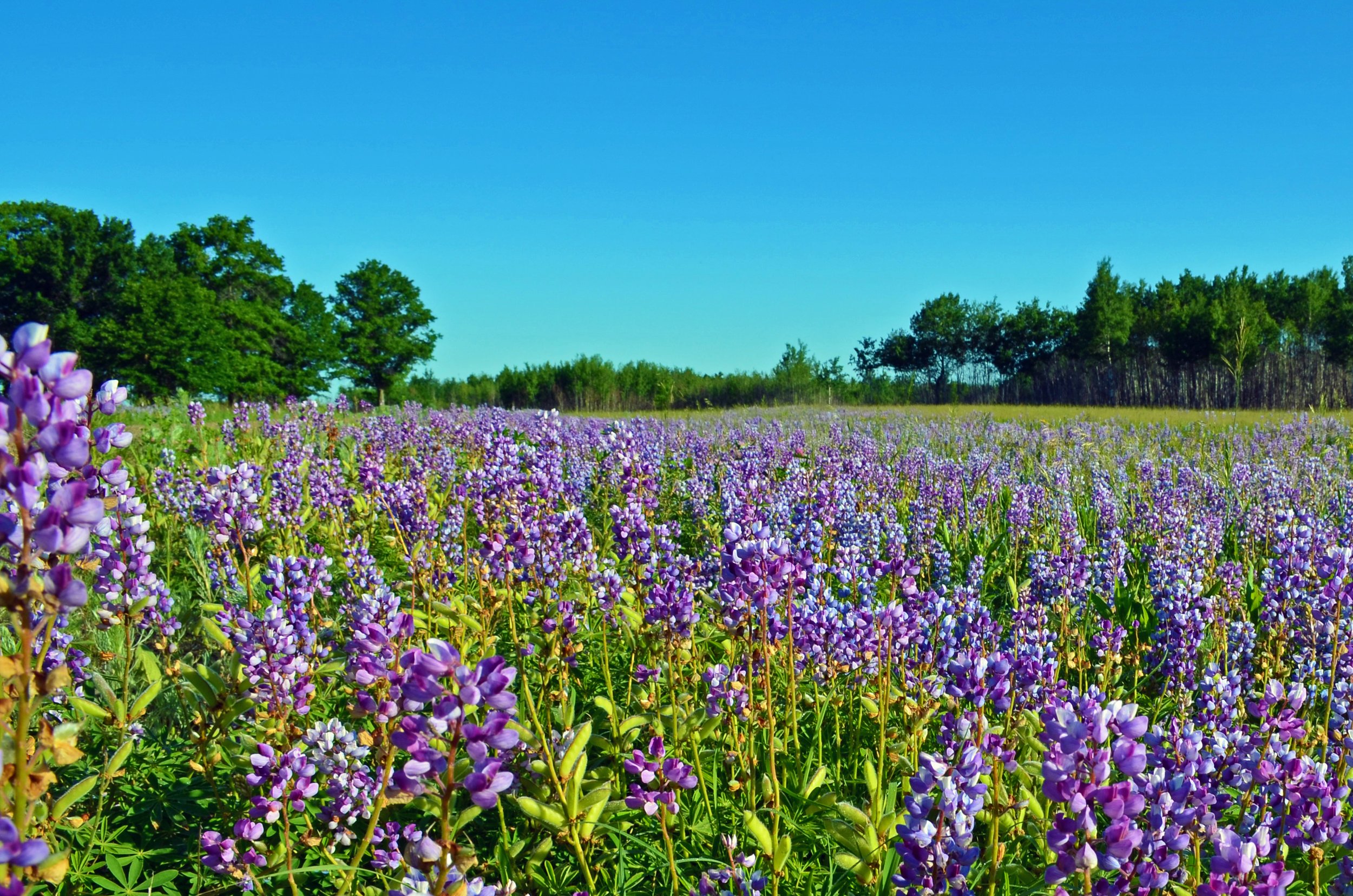 Image 2 of 6
Image 2 of 6

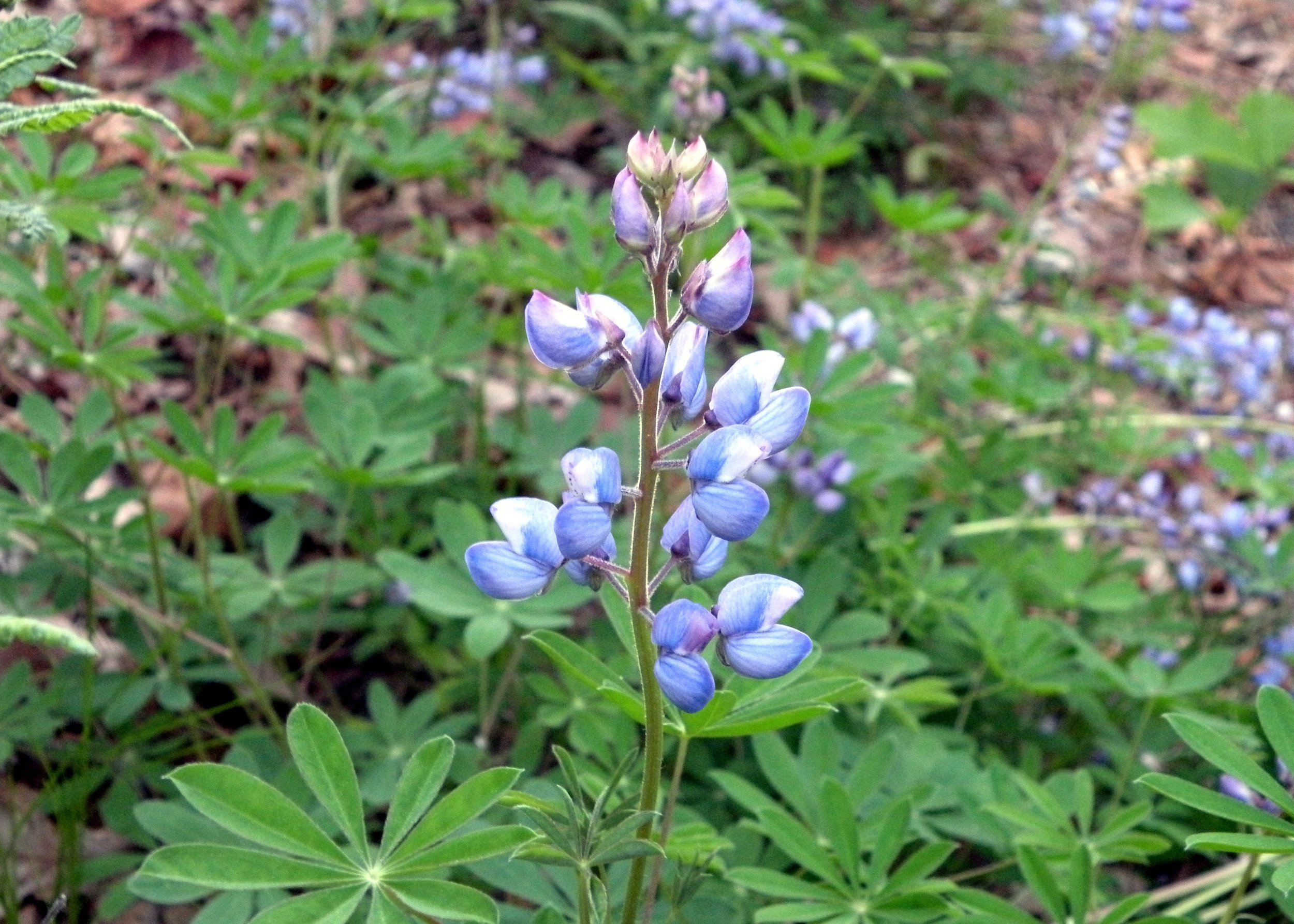 Image 3 of 6
Image 3 of 6

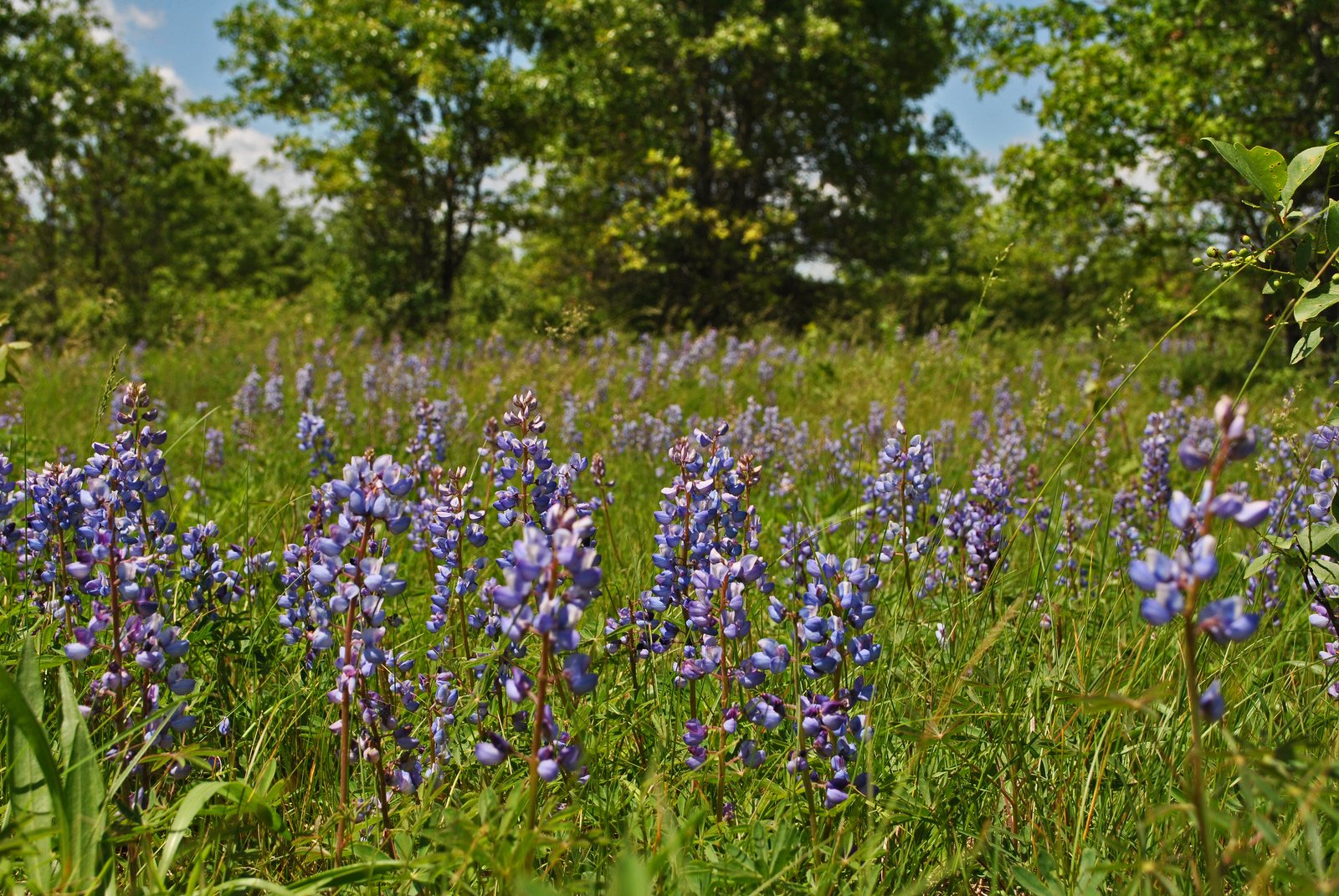 Image 4 of 6
Image 4 of 6

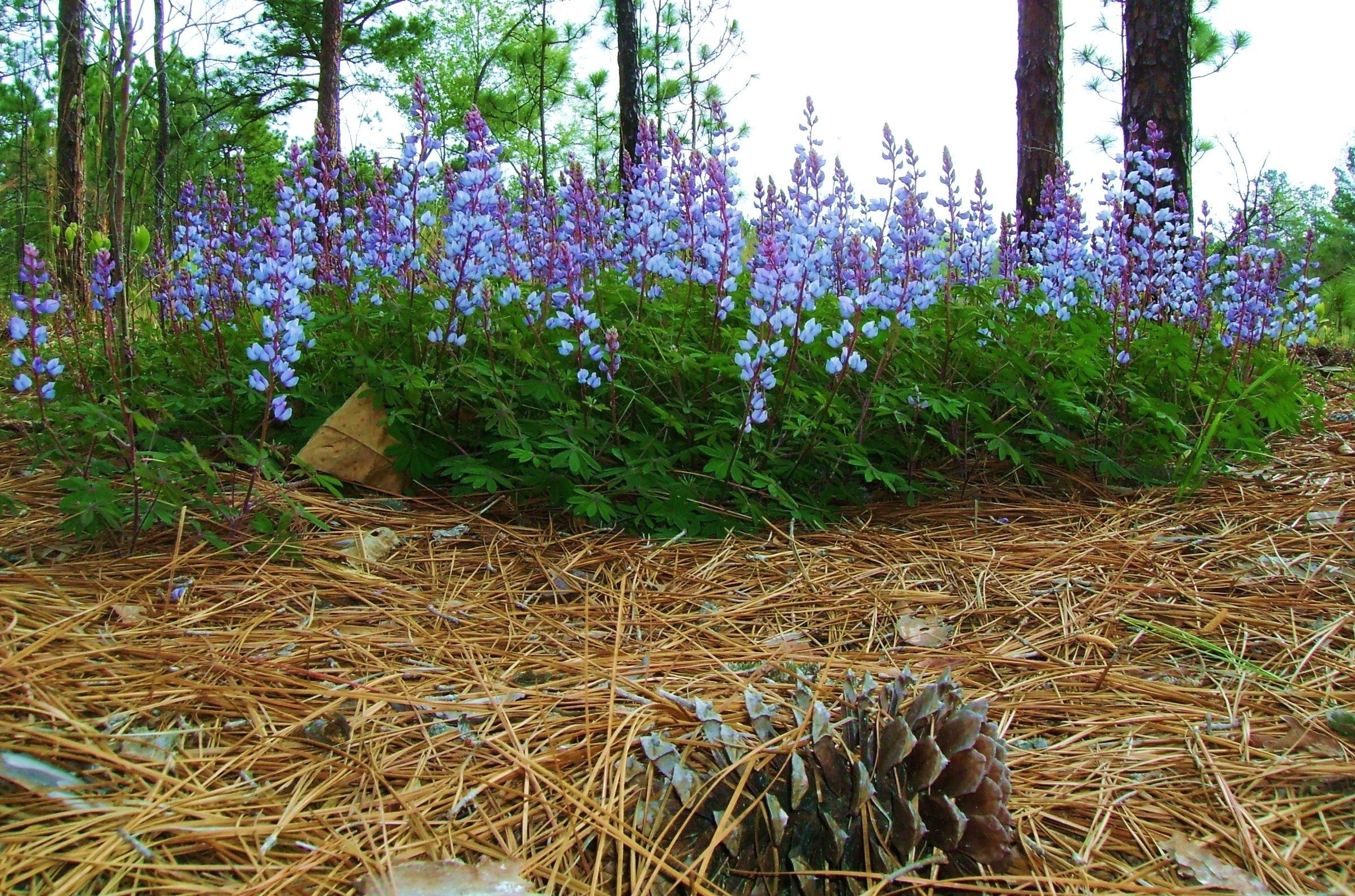 Image 5 of 6
Image 5 of 6

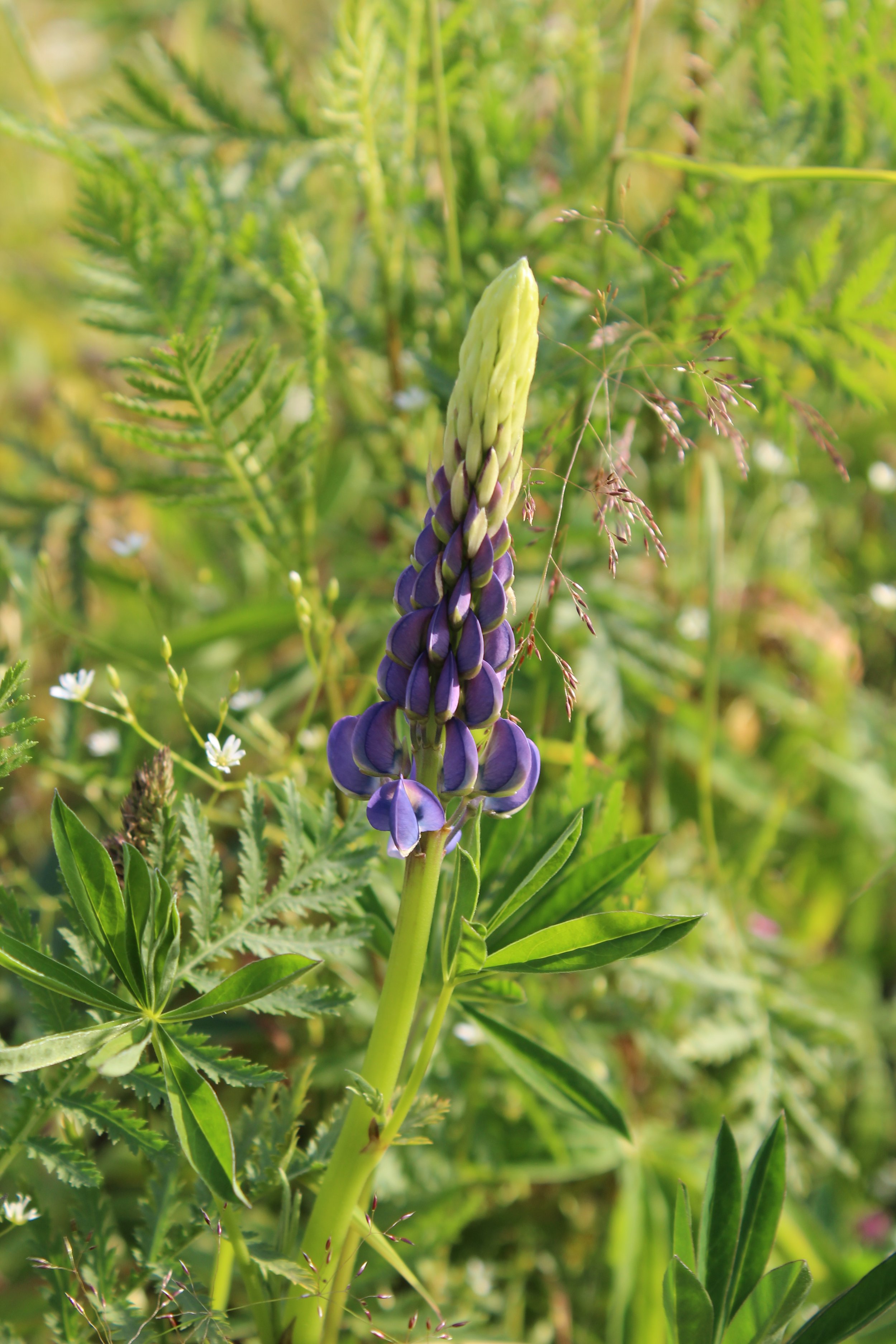 Image 6 of 6
Image 6 of 6







Lupine (Lupinus perennis)
A striking early-blooming native wildflower, Wild Lupine features tall spikes of blue to violet pea-like flowers in late spring to early summer. Growing 1–2 feet tall, it thrives in sandy, well-drained soils and brings bold color and texture to native gardens, prairies, and open woodlands.
Wild Lupine is essential for the survival of the endangered Karner Blue Butterfly, serving as its only larval host plant. It also supports native bees and other pollinators. Well-suited to Northern Michigan (Zone 5a), this sun-loving perennial is ideal for dry, nutrient-poor soils and naturalized settings.
Bloom Time: Late spring to early summer
Sun: Full sun to light shade
Height: 1–2 ft
Soil: Dry to sandy, well-drained
Wildlife: Host plant for Karner Blue Butterfly, attracts bees
Uses: Native plant gardens, sandy prairies, restoration, pollinator habitats
A striking early-blooming native wildflower, Wild Lupine features tall spikes of blue to violet pea-like flowers in late spring to early summer. Growing 1–2 feet tall, it thrives in sandy, well-drained soils and brings bold color and texture to native gardens, prairies, and open woodlands.
Wild Lupine is essential for the survival of the endangered Karner Blue Butterfly, serving as its only larval host plant. It also supports native bees and other pollinators. Well-suited to Northern Michigan (Zone 5a), this sun-loving perennial is ideal for dry, nutrient-poor soils and naturalized settings.
Bloom Time: Late spring to early summer
Sun: Full sun to light shade
Height: 1–2 ft
Soil: Dry to sandy, well-drained
Wildlife: Host plant for Karner Blue Butterfly, attracts bees
Uses: Native plant gardens, sandy prairies, restoration, pollinator habitats
